How much do you know about your favourite bubbly beverage?
How is it made?
Most wines go through one fermentation, but sparkling wine needs two. The first turns the grape juice into still wine, and the second makes it sparkle. For the second fermentation, the winemaker adds yeasts and sugar to the still wine. The added yeasts then convert the added sugar into alcohol and carbon dioxide bubbles. Because the fermentation takes place in a closed container, the carbon dioxide is prevented from escaping into the air and becomes trapped in the wine in the form of bubbles.
FUN FACT:
Marilyn Monroe, at least once, took a bath in Champagne. According to her biographer, 350 bottles were used to fill up her bathtub!
What’s in a name?
Many people refer to sparkling wine in general as “Champagne.” However, it is actually a law that the only wine that may be labelled as Champagne is that made within the strictly designated Champagne region of France.
There are plenty of other, equally delicious types of sparkling wine made elsewhere in France and in other countries, including:
Crémant (France)
Prosecco (Italy)
Cava (Spain)
Espumante (Portugal)
Sekt (Germany)
How sweet it is
Sparkling wine has four levels of sweetness and this is indicated on the bottle.
- Extra-Brut: This is the driest kind of sparkling wine, in which the yeast has eaten absolutely all of the sugar, leaving a complete absence of sweetness.
- Brut: This is the most popular type of sparkling wine. The wine is dry, but with a just a hint of sweetness. Champagne is the most common sparkling wine to be labeled Brut.
- Extra-Dry: This type of wine is dry, but not as dry as Brut or Extra-Brut, meaning it retains a slight sweetness. Prosecco is usually Extra-Dry.
- Demi-sec: This is a sweet sparkling wine and is most often paired with dessert.
How to…
Store
It’s best to keep most wines in a cool, dark place on their sides to prevent corks from drying out. However, sparkling wine should be left upright, because carbonation produces enough humidity to keep the corks damp.
Open
Begin with a chilled bottle and remove the foil, wire cage, and paper label at the neck. The best way to open sparkling wine is to hold the cork securely with one hand and slowly twist the bottle with your other hand, applying firm downward pressure to the cork as it rises. If you are having trouble, it can help to set the bottle on a countertop. Aim for a little hiss, not a loud pop, as the cork comes out.
Serve
Traditionally, sparkling wine is served in flutes or coupe glasses; flutes will keep each glass fizzy for longer. If you don’t have specific glasses for sparkling wine, it really doesn’t matter; serve it in a regular wine glass, just as they often do with Prosecco in Italy.
- gut health
- healthy
- top tips
- fridge cake
- food festival
- me auld flower
- dublin
- dublin festival
- food and drink festival
- festival line-up
- Summer festival
- Events
- Festivals Ireland
- Body & Soul
- music festival
- summer events
- OATLY
- Crudo
- All Together Now
- Events Waterford
- Events Ireland
- news
- events Dublin
- Home-Cooking
- online cooking course
- cooking

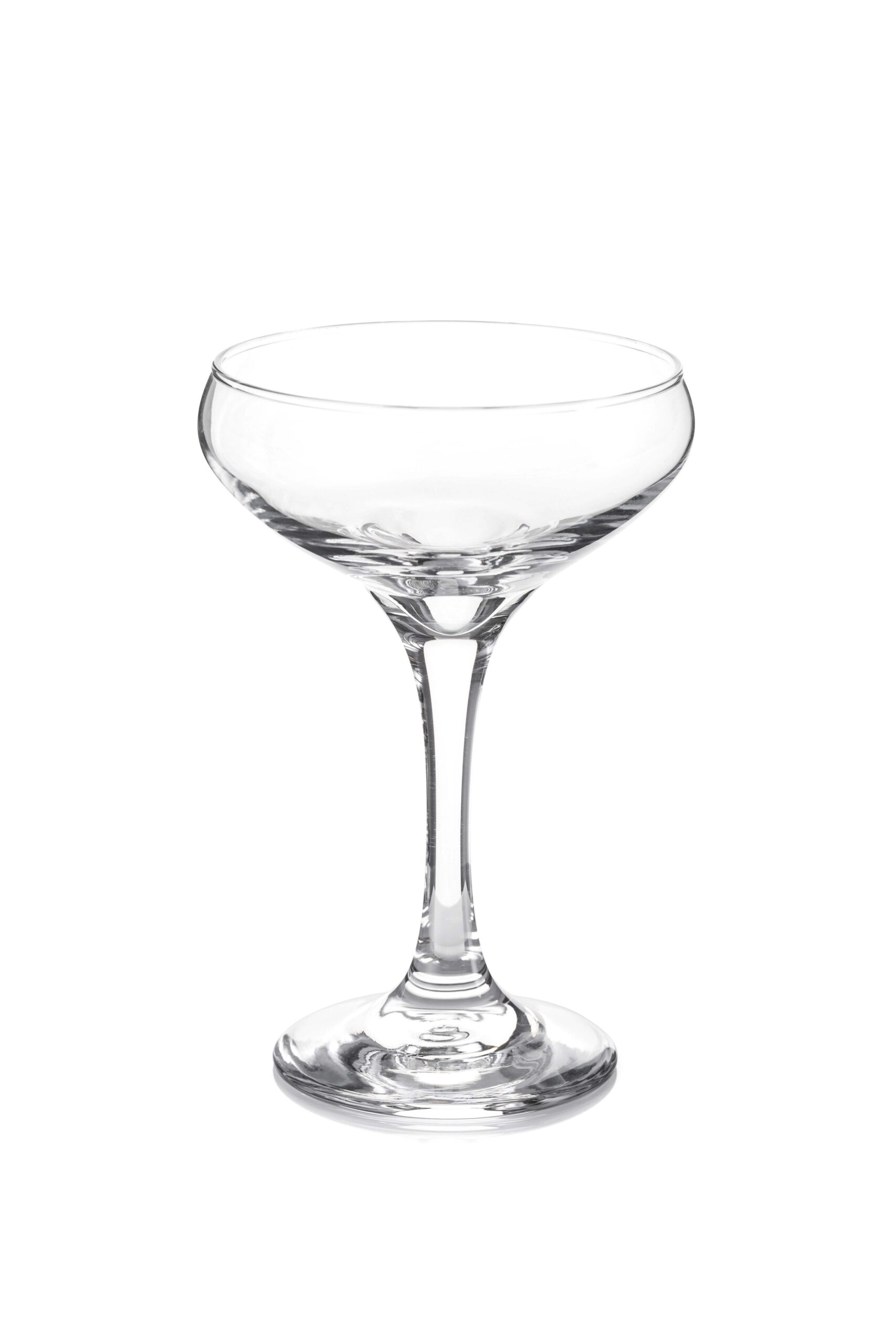
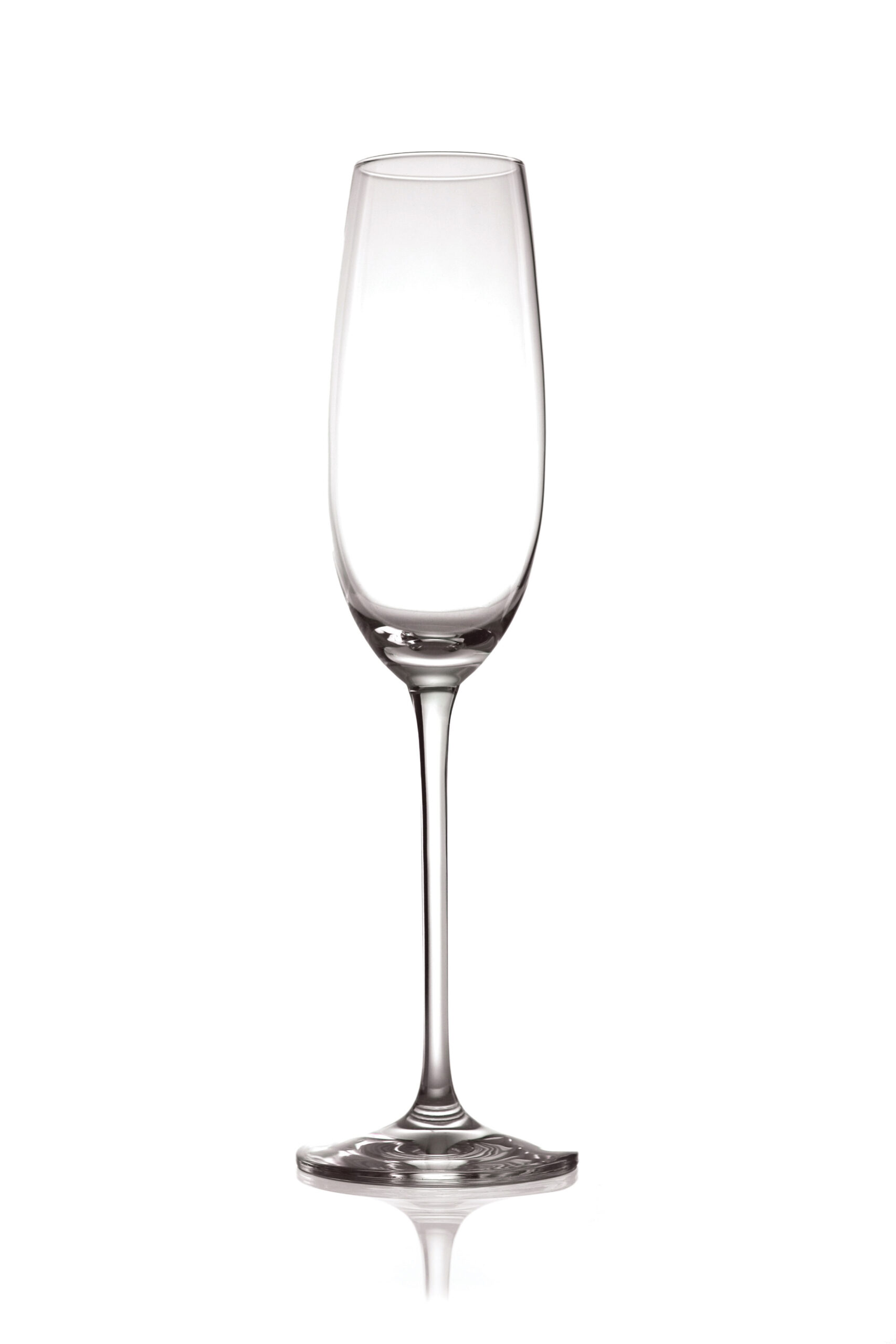
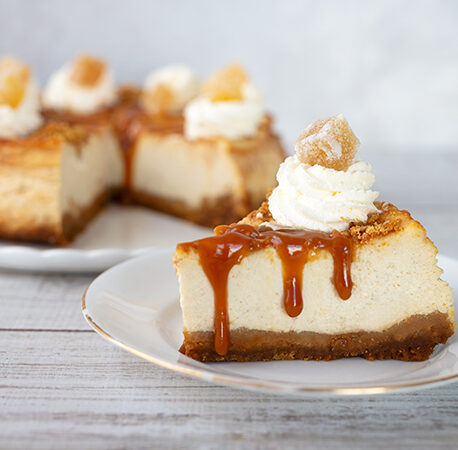
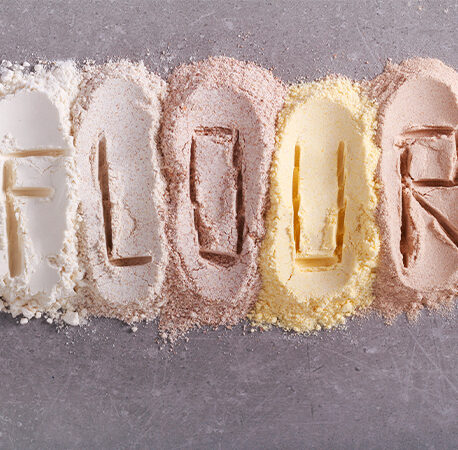

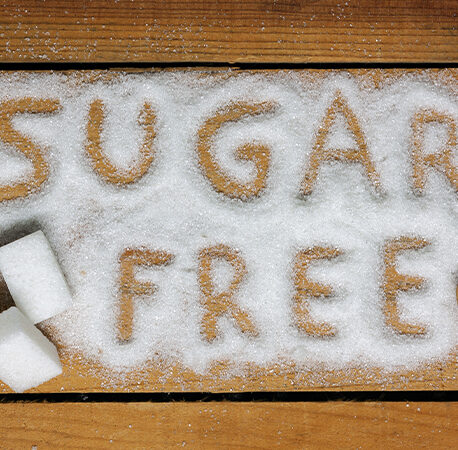
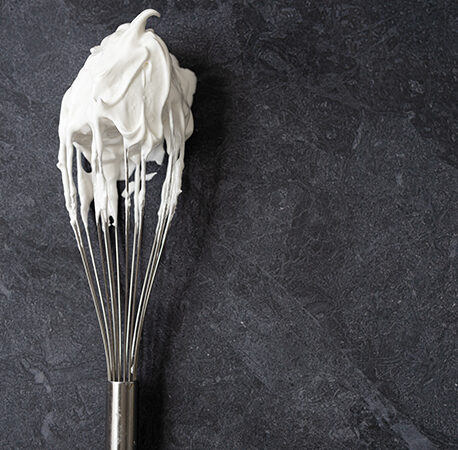
You have to be signed in to comment this post.